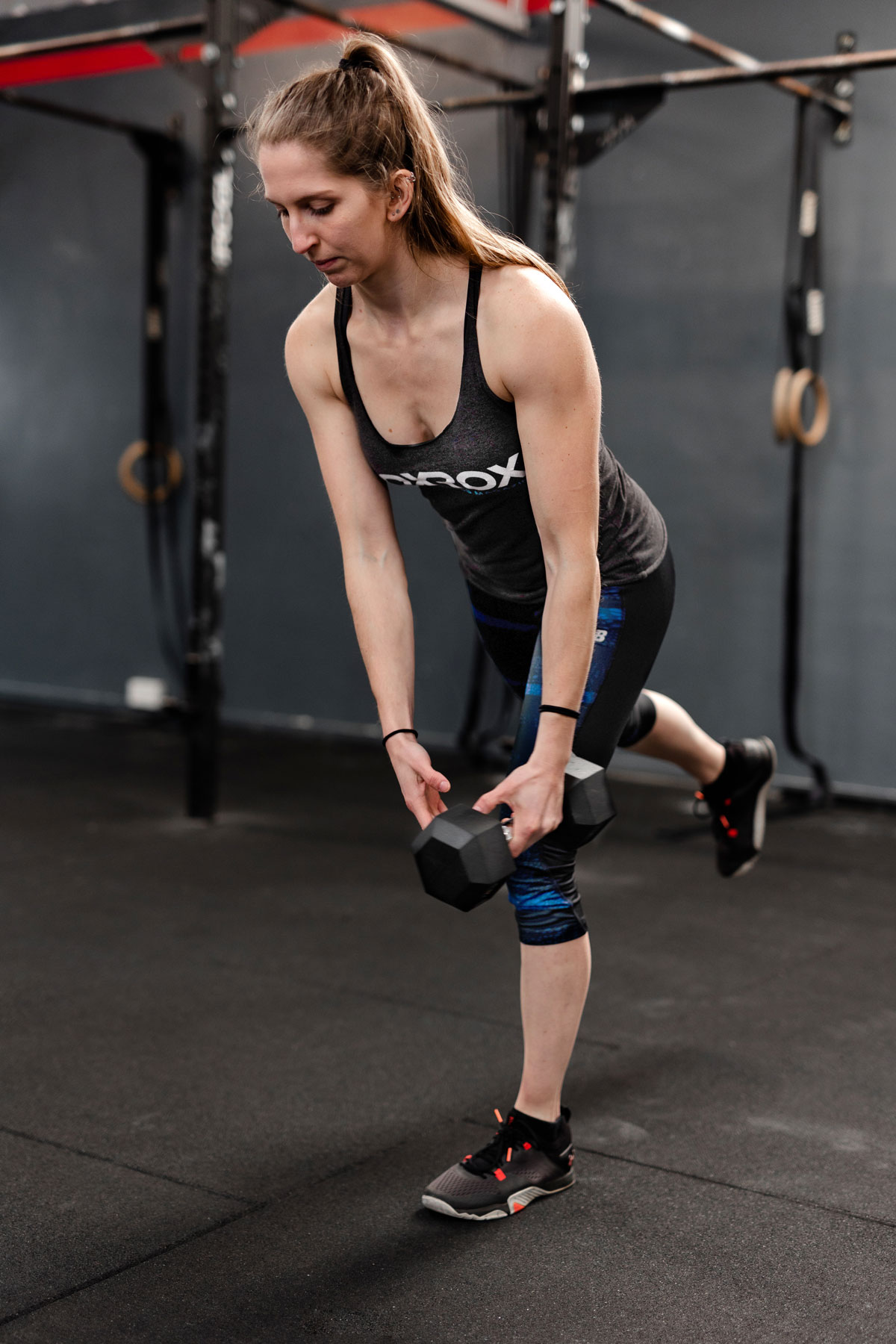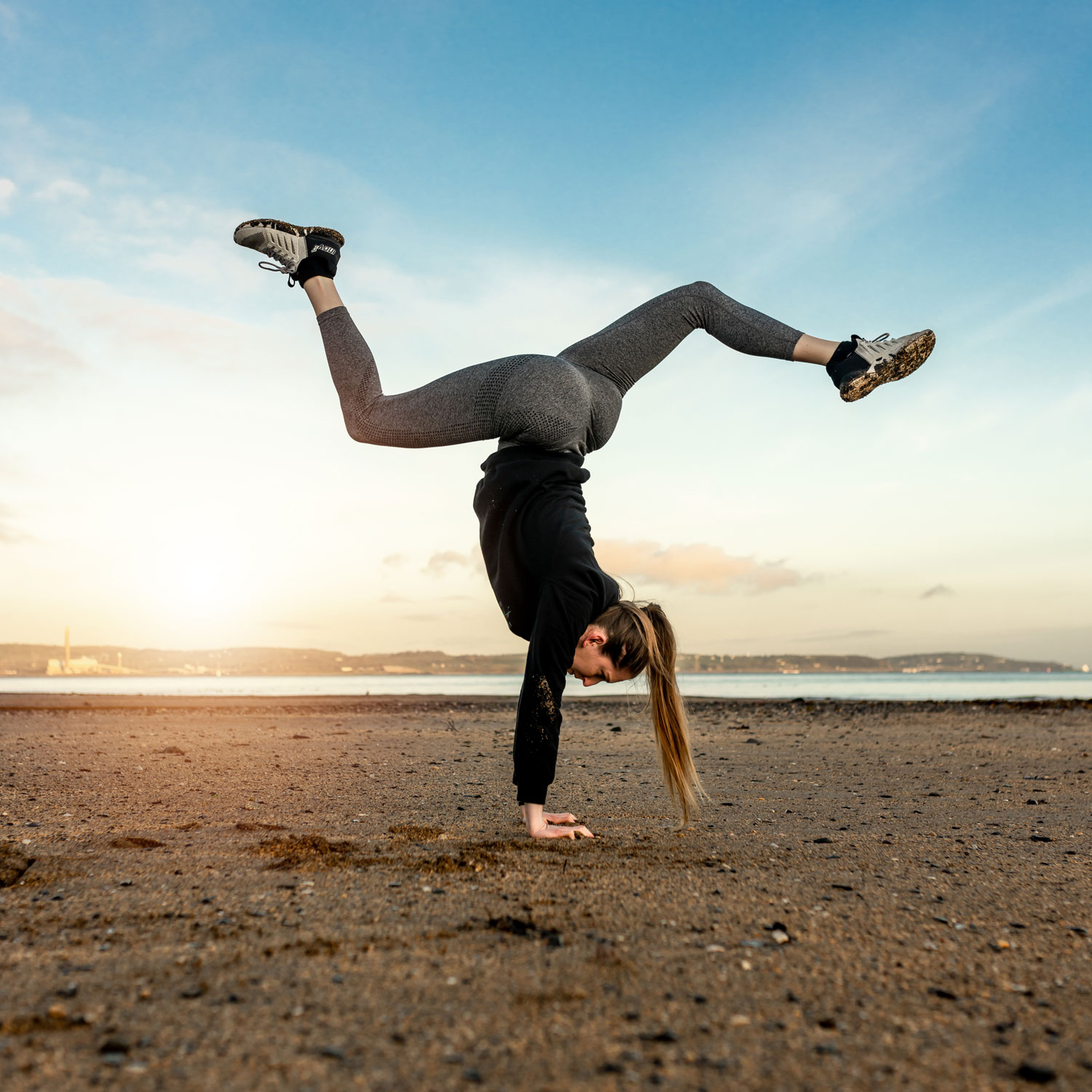Why Improving Your Balance Will Change Your Life
Why is balance so important?
Well, without being horrendously morbid, falling isn’t good for you, and the older you get, the worse (and more likely) a fall from standing can be, resulting in broken bones or serious head trauma….
What a nice way to start a blog!
There was a study done which tracked a group of 51-75 year olds, trying to discover if the inability to do a 10 second, one-legged balance was associated with their mortality, and as far as they found there was a link between poor balance skills & higher mortality rate.
BUT
This study should be taken with a biig pinch of salt. There are just too many factors & variables to declare something like that with any certainty.
BUT!
I include it just for you to feel how much of a priority it should be to you to both attain a great level of balance while you’re younger and aim to maintain it for as long as you live to help improve the quality of your life!
Plus, practicing balance doesn’t just benefit that one skill, balancing for long periods of time will improve your:
- Ankle Stability
- Knee Stability
- Hip Stability & Strength
- Reactive Core Stability
- Coordination
- Proprioception
- Reaction Times
- How Sexible You Are
There are skills you can let slide as you get older...
I was exceptionally good at playing guitar, solos, writing songs and all that, but 6 years ago I decided to leave my band due to starting a family.
Now, I can still pick up the guitar and play okay, but I am nowhere near to the standard I used to be - and that’s OK.
Losing this skill has no impact to my quality of life and I can look back on it with fond memories.
Losing this skill has no impact to my quality of life and I can look back on it with fond memories.
...But there are skills you can’t
That, however, is not an attitude that I want to allow with my balance - allowing that skill to slip or deteriorate WILL have an impact on my quality of life. Not only in large ways like increased risk of falling, but also at an even more subtle level that you aren’t even aware of.
When I injured my back, it made me incredibly aware of absolutely every micro adjustment your body makes all day every day. The slightest change in direction or picking something up that’s in front of you, or beside you, or lifting a leg to go upstairs… want to know which muscles you use to do something like that?
ALL THE MUSCLES!
And when you’re in chronic pain all day every day, you become hypersensitive to that.
And balance was one of the key factors for me in my recovery to become pain free and giving me back confidence in my body.
How Balance Affects Your Body
If your body doesn’t feel confident to manoeuvre you around the world and/or you haven’t practised your coordination for a long time, movement will become restricted & muscles will tighten.
Your CNS (Central Nervous System) won’t feel like putting a spring in your step… because a spring too far and you might end up on the floor. It will change how you walk, how fast you go upstairs, it will make you automatically reach for things to hold with your arms… and the worst part is, that it happens so gradually you won’t even notice it happen and you’ll chalk it up to age.
Sadly, I meet so many people who are “old before their time” just because they didn’t work on this stuff. People giving up the training they love at 35. Parents scared to play with their kids at 40. Then there are others in their 60s & 70s bouncing around the place because they just had these habits built up over the years (maybe without even knowing it).
Please don’t assume I am being ageist, even though I am only 29 & 72 months old I have worked with people from a very wide variety of ages. I genuinely have had 35 year olds who were perfectly healthy declare to me that they were “too old” to exercise, and we have incredible 70+ year olds in our Simplistic Mobility Method group putting us young’uns to shame!
Yes, it gets harder as you get older, and yes, it’s always easier for me to talk about things than to actually do them - but that should make it even more of a priority. The time is going to pass anyway, even the smallest steps can have an incredible impact.
I never want to feel how I did when I was in the depth of my serious back injury ever again, utterly helpless, relying on other people to get me through life.
Luckily for me that gives me the motivation because my circumstances were quite extreme. Many people don’t get a sudden wake up call, that’s how you can end up accidentally not noticing yourself lose mobility due to the gradual decline over time.
How Balance Works
Earlier we briefly touched on how balance is linked with hip, knee & ankle stability, but there’s also neurological systems involved:
Vestibular System: Your inner ear, your body’s natural spirit level to tell which way is up
Visual System: Sight, being able to see your environment, e.g., if a surface is uneven etc.
Somatosensory System: Touch, you’re constantly getting feedback from your feet on the ground, even if you’re not consciously aware of it.
These Sensory Systems feed data to your Brain & Central Nervous System, which in turn process the information and control motor reactions (your muscles to make you move & adjust your balance!)
When you start to think of yourself like a bunch of levers & pulleys and a handful of systems and programmes, you can start to wonder, how can I make all these things function better? How can I improve the vessel that I live in?
You can’t just buy the next new body, but you can upgrade your operating systems.
How to Improve Your Balance (the Easy Way)
Any time I’ve taken someone in pain or with hypermobility (being too flexible) and made them focus on balancing, their symptoms of pain and stiffness drastically reduced. No fancy, overly technical exercises, just single leg balance for extended periods of time.
So:
Spend time on one leg at a time every day!
You can do it while brushing your teeth or waiting for the kettle to boil, you could choose to put your socks on standing up instead of sitting - the more silly little habits the better!
Depending on your starting point, you may be able to jump straight into one legged balance – and that’s great!
Or, the idea of lifting a leg may immediately evoke fear and cause you to tense up. If this is the case (or even if you can do it but you’re not very stable), then having something close you can hold or tap such as a wall, chair, or another person. No matter where you start and how “badly” you think you’re doing, just the very act of trying will improve your balance.
Bonus: Challenge Yourself
If you’ve got those awesome balancing habits in your life already, or want to add a bit more structure, you can take it a step further and start to challenge your balance & those 3 sensory systems I mentioned earlier.
Challenges to try while balancing:
- Balance both barefoot and in shoes
- Balance on something unstable (e.g. a cushion, a rock, etc.)
- Close your eyes (Taking away the Visual System so the other 2 must work harder)
- Turn your head left, right, up & down while balancing to mess with your Vestibular System
- Close your eyes and turn your head so you only have the Tomatosensory System (that’s what I’m calling the Somatosensory System now)
- Set yourself time goals – can you hit 30 seconds per leg, 1 minute, 2 minutes, per leg??
You can even create a more formal “balance training” practice for yourself, where you include sets in warm ups/cool downs/supersets at the gym, or a 5 minute daily routine!
Extra Balance Videos, Tip & Tricks
This video will show you how to build it all up from zero if you’re not sure where to start:
youtubeid=wq0Oakc-nz4
The best part is, you don’t need a gym, or any equipment! So there’s no barriers to work on it, all you need is some time and awareness to build those good habits!
One of my absolute favourite drills that you’ll see us use a lot is the plate balance drill. It really challenges your body and can give you the most gains in the least amount of time (but make sure you’re ok with standard single leg balance first!).
As a test for today, see how you are with it, note it down how well you could do it and you can either use it as your standard balance practice, or test yourself every now and again to see how you’re improving!
youtubeid=YW_7xJmkv0g
Happy balancing - and share this blog with the people you know need it too!
READY TO GET STARTED?
View Products



